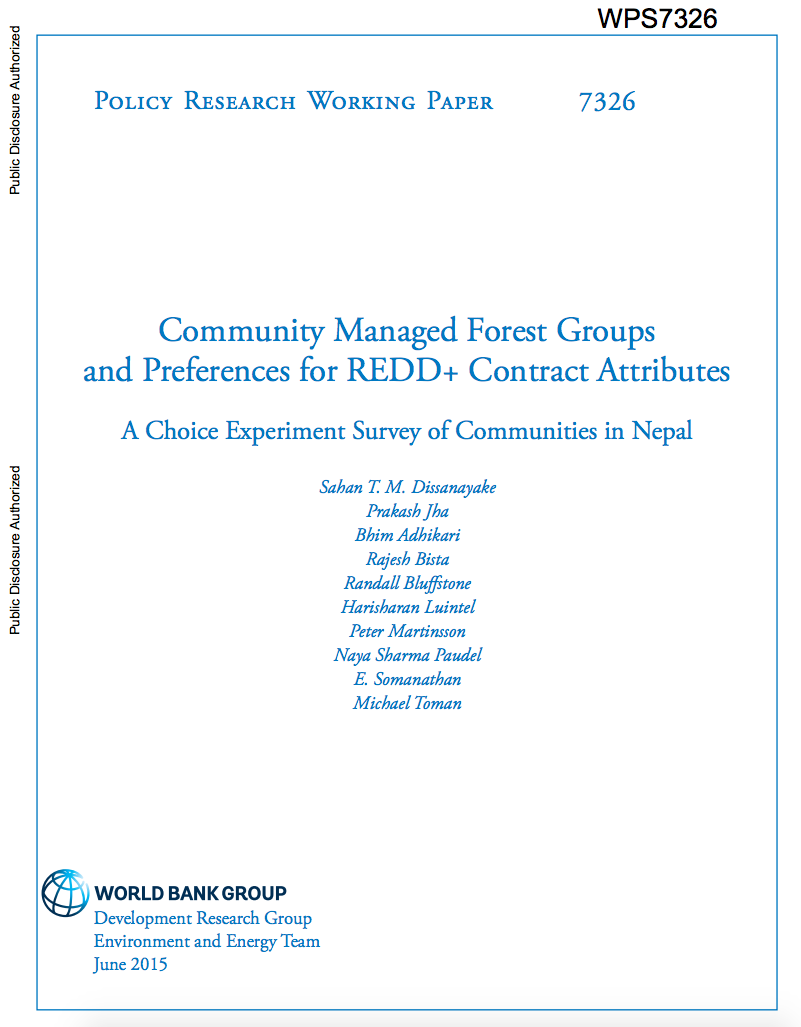Labor Productivity and Employment Gaps in Sub-Saharan Africa
Drawing on a new set of nationally
representative, internationally comparable household
surveys, this paper provides an overview of key features of
structural transformation—labor allocation and labor
productivity—in four African economies. New, micro-based
measures of sector labor allocation and cross-sector
productivity differentials describe the incentives
households face when allocating their labor. These measures


